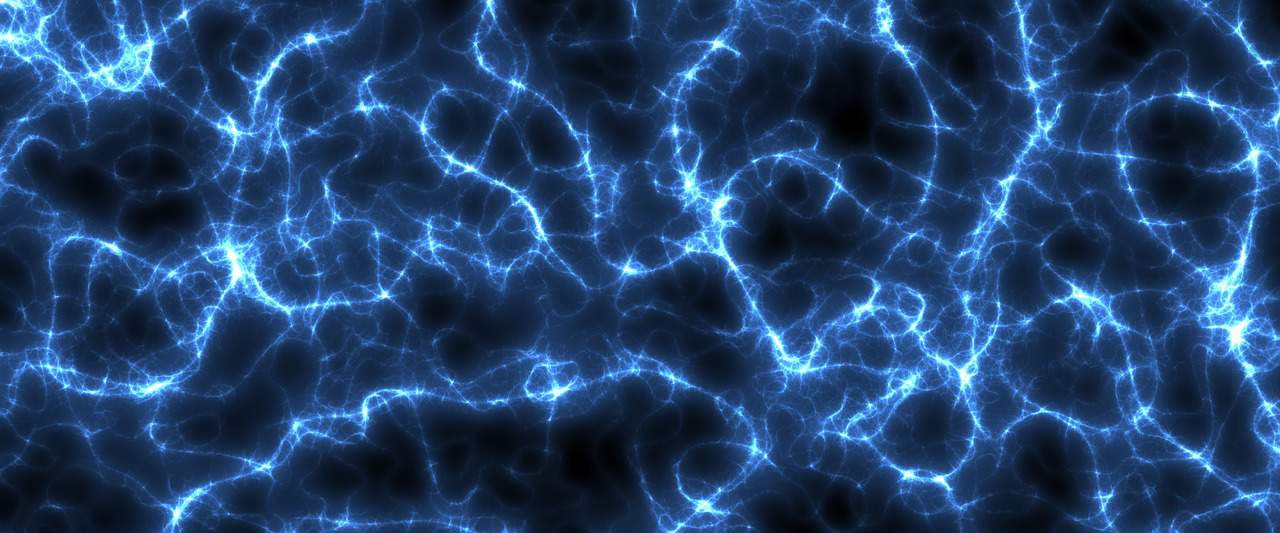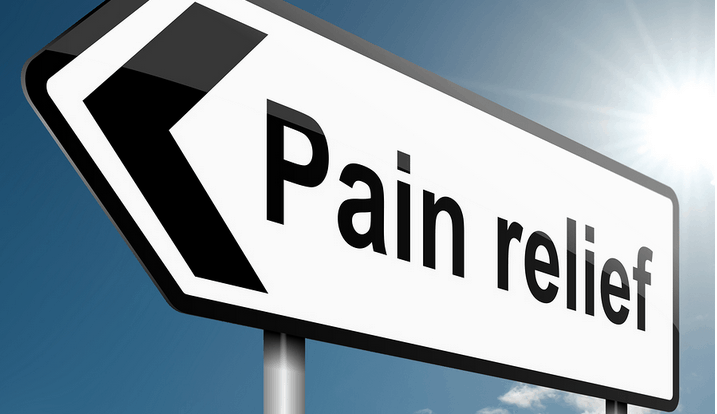Shock wave therapy for Peyronie’s disease, also called extracorporeal shock wave therapy (ESWT), is a painless (or mildly uncomfortable) nonsurgical procedure that delivers shockwaves to plaque in the penis in an effort to break it up and stimulate healing. This same basic approach is used to treat and break up kidney stones and is often successful, however use of electro shock wave therapy for Peyronie’s disease has yielded mixed results.
Studies of Electroshock Wave Therapy for Peyronie’s Disease Treatment
An early study of 481 men involved a combination of electro shock wave therapy and verapamil injections. The men were divided into three groups: 56 underwent electroshock wave therapy only (three sessions for 20 minutes each), 324 were administered electroshock wave therapy followed by 12 injections of verapamil every two weeks, and 101 received verapamil injections only. Ultrasound was used to evaluate the treated plaque. Reductions in plaque were seen in 27 of 56 men in the electroshock wave therapy group, 159 of 324 in the combination treatment group, and in 39 of 101 men in the verapamil only group. The men also reported “considerable improvement” in pain and sexual performance. The authors concluded that electroshock wave therapy along with verapamil injections “is an effective non-operative treatment for the stabilization of Peyronie’s disease.” (Mirone 2000)
In a prospective study, 114 men with or without stable Peyronie’s disease were treated with 4,000 shockwaves during one session. The investigators did not note any significant changes in plaque size, penile curvature, or sexual function after treatment. However, 76% of the men said they had some pain relief. Among a subgroup of men whose penis was bent 31 to 60 degrees, electroshock wave therapy appeared to have a significant effect on reducing curvature. Despite these findings, the authors concluded electro shock wave therapy “should not be recommended as a standard procedure for Peyronie’s disease.” (Hauck 2004)
Two more recent studies were somewhat more promising. A total of 157 men received an average of 3.5 treatments with electroshock wave therapy. More than 90% of the patients reported good pain relief while one-third experienced a significant reduction in penile curvature. None of the men observed a significant difference in sexual function. (Busetto 2010)
In a double-blind, placebo-controlled study, 100 men were randomly assigned to be treated with electro shock wave therapy for Peyronie’s disease or placebo. Twelve weeks after treatment, there was no change in the average plaque size or penile curvature in the treated men and only a slight increase in both of these factors in the placebo group. By week 24 after treatment, both average plaque size and average penile curvature were significantly greater in the placebo group when compared with the treated group. This finding suggests electroshock wave therapy may help protect against progression of Peyronie’s disease. (Palmieri 2009)
Side Effects of Shock Wave Therapy for Peyronie’s Disease Treatment
Side effects associated with electroshock wave therapy include shortening of the penis, erectile dysfunction, and additional scarring on the opposite side of treatment. Some investigators have also expressed concern that electroshock wave therapy causes inflammation of the tunica albuginea. Men interested in electroshock wave therapy should discuss with their healthcare provider whether to receive treatment with or without the use of medications.
References
Busetto GM. Extracorporeal shock wave therapy in the treatment of Peyronie’s disease: long-term results. Arch Ital Urol Androl 2010 Jun; 82(2): 128-33
Hauck EW et al. Questionable efficacy of extracorporeal shock wave therapy for Peyronie’s disease: results of a prospective approach. J Urol 2004 Jan; 171(1): 296-99
Mirone V et al. Ultrasound-guided ESWT in Peyronie’s disease plaques. Arch Ital Urol Androl 2000 Dec; 72(4): 384-87
Palmieri A et al. A first prospective, randomized, double-blind, placebo-controlled clinical trial evaluating extracorporeal shock wave therapy for the treatment of Peyronie’s disease. Eur Urol 2009; 56:363-69







